7 Worst Grocery Chains For Your Wallet
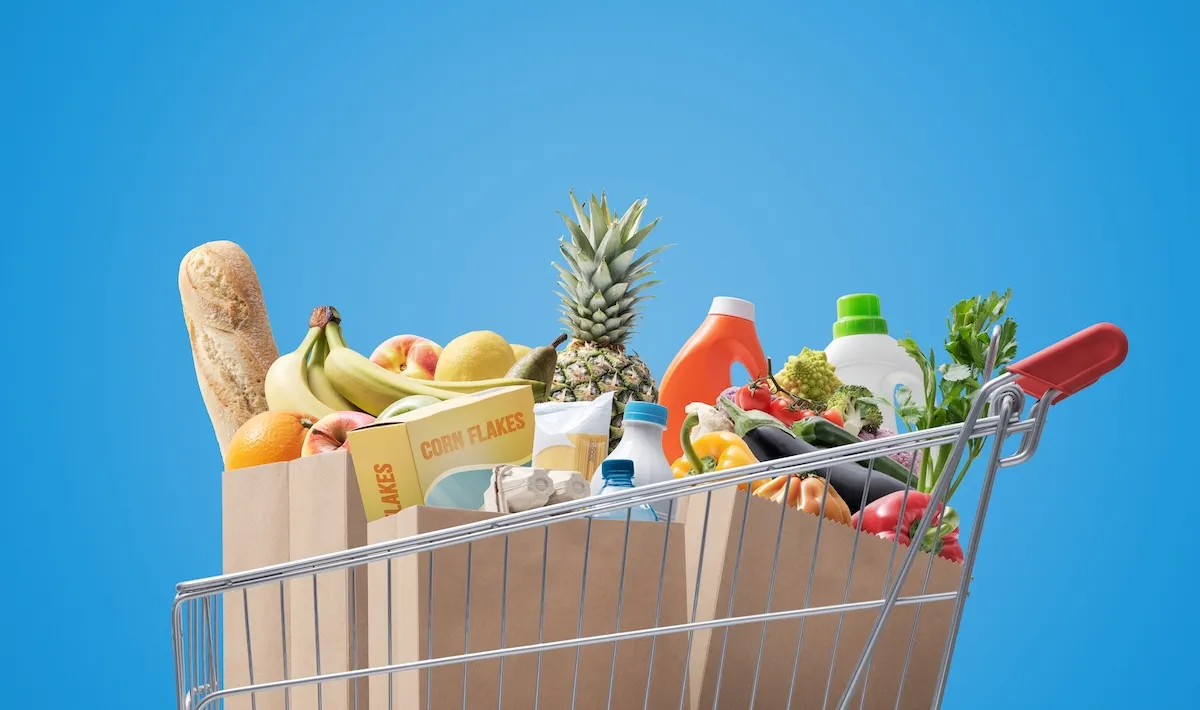
Grocery prices are at an all-time high, going up 28% in five years, and the average shopper can certainly feel it. "Inflation is coming down, but prices remain elevated," Mark Hamrick, senior economic analyst at Bankrate, told CNBC last year. "As long as prices are elevated, that means that affordability challenges persist." While certain stores offer more affordable shopping for customers, other chains are still selling food at eye-watering prices. Here are seven grocery stores you may find yourself accidentally spending much more than you intended.
Erewhon Market
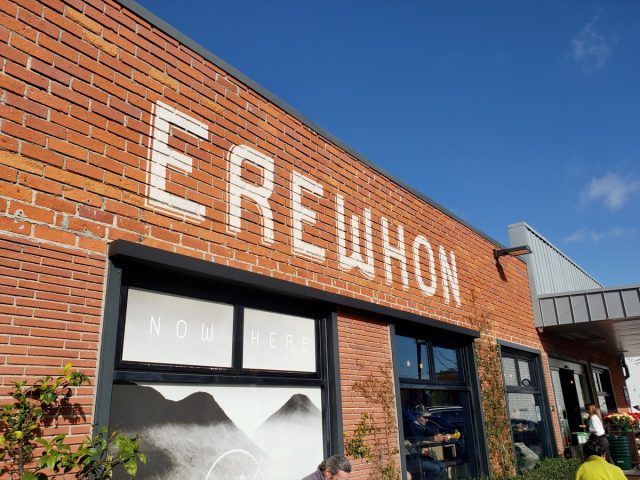
Does Erewhon even need any introduction? The California-based specialist market is beloved of influencers and celebrities, and infamous for items such as $20 smoothies and $43 olive oils. Erewhon is certainly the most expensive grocery store in the United States, if not the world, so enter at your own risk. "Erewhon made luxury groceries a part of a normal lifestyle," Nic DeAngelo, president of Saint Investment Group, tells GoBankingRates. "The place is inundated with ritzy items that cannot be found in other supermarkets."
Whole Foods
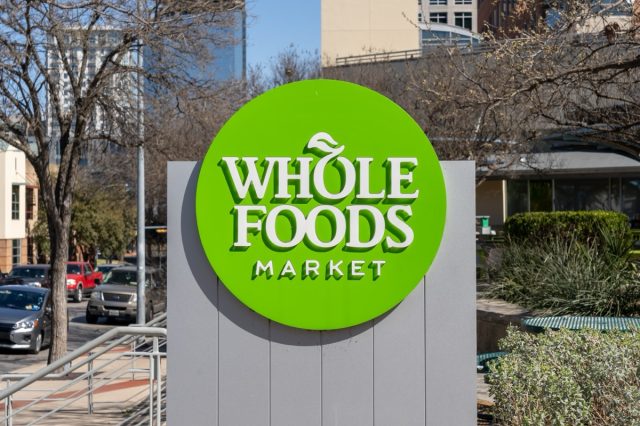
Whole Foods is a lot more affordable since being bought out by Amazon, but it's still living up to its reputation as "Whole Paycheck." While prices are competitive on many items, you will still spend a lot more at Whole Foods for comparable products than at other stores. However, while chains such as Erewhon trade off being super-trendy, Whole Foods does have excellent quality so at least you're getting what you pay for. "[We're] making sure our customers can shop any part of the store and we can make it accessible," CEO Jason Buechel told Yahoo Finance. "And, no matter what your budget, you can create a great meal with products that we carry." Speaking of getting what you pay for…
Acme Markets
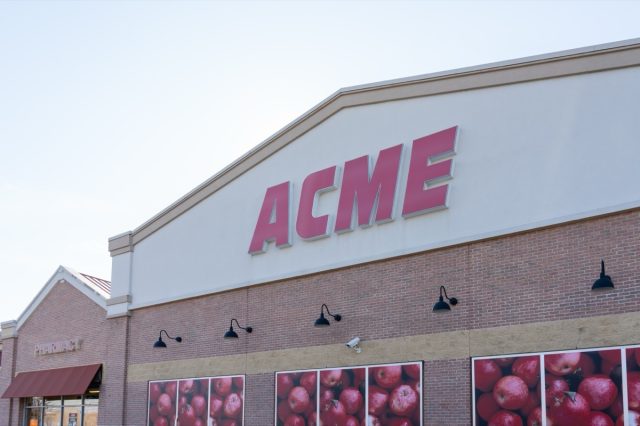
Acme Markets customers are confused as to why the chain is so expensive when the products don't live up to expectations. "Shopping at Acme is like Stockholm syndrome for some Philadelphians. It's a legit awful grocery store – prices, quality, you name it. Not a huge Giant fan but yes their stores are so much better," one Redditor said. "Acme is more expensive than Whole Foods," another said.
Harris Teeter
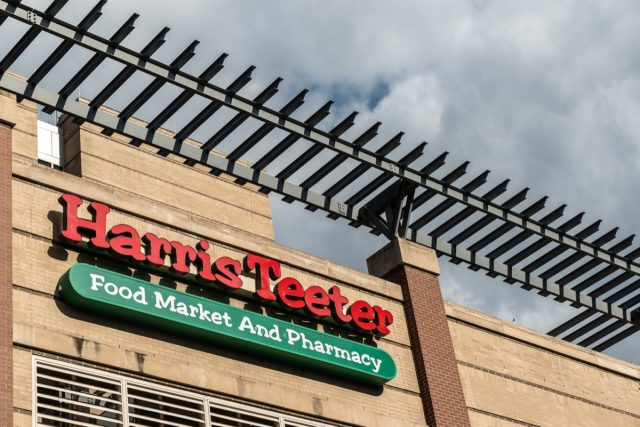
Southern-based grocer Harris Teeter is another chain that customers say costs more than competitors. "I believe that Harris Teeter is the second most costly grocery store in the United States," Adam Wood, co-founder of Revenue Geeks, tells GoBankingRates. "Since its founding in 1939, Harris Teeter has developed 261 locations in seven U.S. states. The company's reputation for high-quality items and superior customer service has made it a popular choice among regional consumers. They specialize in premium bakery, dairy, deli, frozen foods, grocery, meat, pharmacy, produce, seafood and floral items."
Wegmans
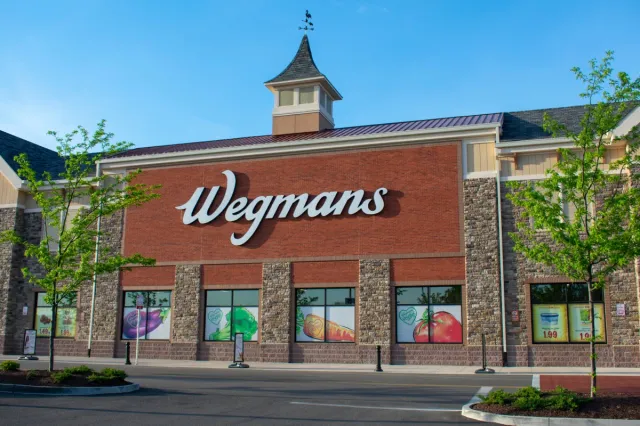
Wegman's offers an upscale, European-type shopping experience where you can expect to pay more for the high quality on offer. "According to our survey, (Wegmans) now has pretty high prices, almost as high as Whole Foods, which for many years has been the highest price chain in the area. That was a big shift," Kevin Brasler, Executive Editor of Consumers' Checkbook, told 6abc Philadelphia.
Publix
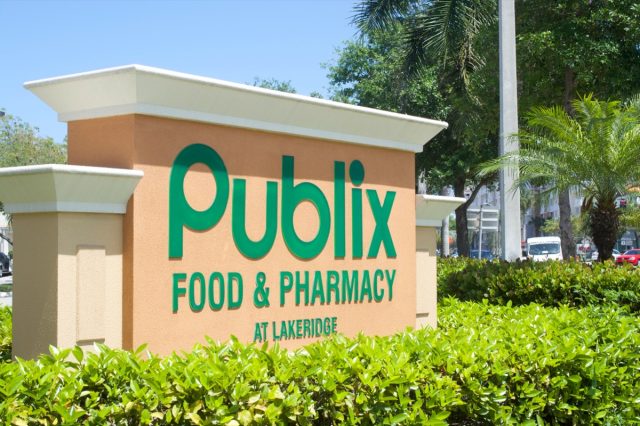
Customers are shocked at some of the prices at Publix grocery stores. "Things I've bought at Publix are the same products I have gotten at Winn Dixie or Walmart," one Redditor said. "When I went today, I was so shocked at the prices, it made me wonder how anyone could keep affording to shop there. How does Publix stay afloat when they have competitors like Winn Dixie or Walmart with the same products for a cheaper price? For an example, Walmart sells a box of family size Cheese-It for $4.98, but Publix was selling them for $8. What a regular shopping trip at Publix had cost me over $400+, for the same products at Walmart would've been just $200+. While I did enjoy the variety of meats, etc., we definitely can't afford to continue to do our regular shopping trips there."
Fresh Market
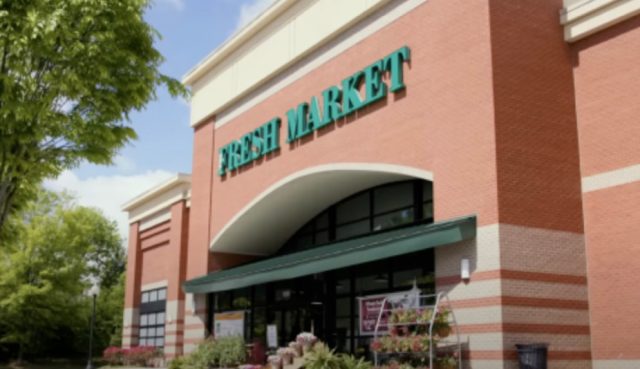
North Carolina-based The Fresh Market is considered top quality, but expensive. "How I LOVE Fresh Market! However some of their prices are just insane!!! You have to know what to buy. I only buy items on sale and make sure to shop around," one Redditor said. "Their produce (when on sale) is amazing. They have an amazing selection of meats, breads, pastries, fruits and vegetables….But yeh NEVER buy their produce if it isn't on sale. I have bought some things when I was craving them but by no means does their price reflect the quality of their food."









